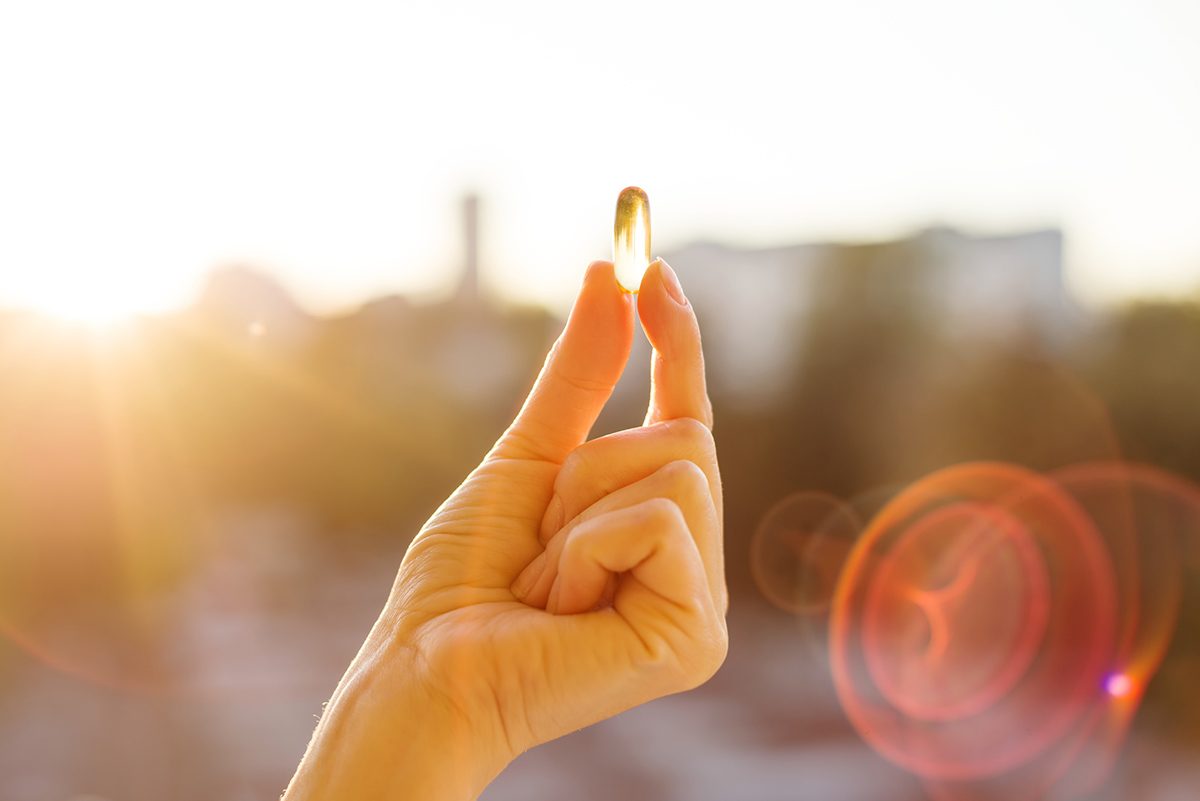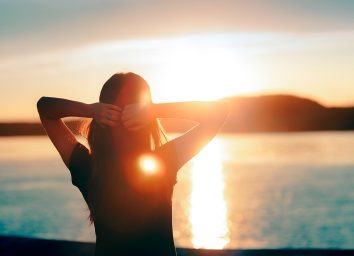The #1 Way to Tell If You Need More Vitamin D, Says Dietitian

Reality check: Most people don’t get enough vitamin D. In fact, a 2018 review in Cureus revealed that 41.6% of adults in the United States are deficient. That’s pretty worrisome given that vitamin D plays such an important role in maintaining strong, healthy bones—and a deficiency can cause such symptoms as muscle weakness, bone pain, and mood changes. But many people overlook one of the telltale signs that they’re not getting enough of this nutrient. According to experts, a vitamin D deficiency can wreak havoc on your energy levels. So, if you notice you feel more tired than usual no matter how much sleep you’re getting, your low vitamin D levels may be to blame.
“Some vitamin D deficiency symptoms are commonly confused for symptoms of other conditions,” says Trista Best, MPH, RD, LD from Balance One Supplements. “The chronic fatigue associated with vitamin D may also be confused with the tiredness associated with aging or typical life stress. And the relief one feels from their fatigue once they correct a vitamin D deficiency is surprisingly significant.”
Multiple case studies have demonstrated that there’s a link between low blood levels of vitamin D and fatigue. Not only that, but a 2014 study in the North American Journal of Medical Sciences found that fatigue symptoms improved significantly after patients’ vitamin D levels were normalized with supplementation. Another 2016 study in Medicine found that improvement in participants’ fatigue scores directly correlated with the rise in their vitamin D levels.
How to get more vitamin D if you need it
The Recommended Dietary Allowance (RDA) for most adults is about 600 International Units (IU). One way to get more vitamin D is through your diet: certain foods such as egg yolks, oily fish, red meat, and fortified cereals are rich in this nutrient. Even getting some good old-fashioned sunshine can help—at least during the months of March through October.
“You can use sun exposure to boost your body’s own synthesis of vitamin D,” says Marie Murphy, RD, and owner at MEM Nutrition & Wellness. “The best method is to expose bare skin to direct sunlight for five to 10 minutes between the hours of 11 a.m. and 3 p.m.”
All that said, experts caution against picking up any old vitamin D supplement to correct your potential deficiency.
“Supplementing with vitamin D without your healthcare provider’s direction can be dangerous because it is a fat-soluble vitamin,” says Best. “This means that it can reach toxic levels in the body as it is stored rather than excreted like water-soluble vitamins.”
If you suspect you have a vitamin D deficiency, Best recommends contacting your healthcare provider for a simple blood test to verify your current vitamin D levels are. They can then make recommendations on a supplement and dosage.
For even more healthy tips, read these next:








